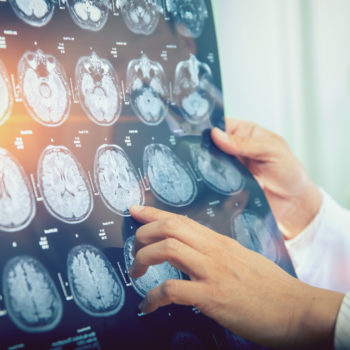It is a neurological disorder that is characterized by a feeling of restlessness in one or both legs, with an urgent need to move them. The restless leg syndrome mainly affects women and its manifestation can be swinging and therefore it is not always easy to diagnose, especially if the symptoms are mild. Let’s see what are the characteristics of this disorder, often related to insomnia, and how you can deal with it with Dr. Lara Fratticci, neurologist of Humanitas.
Diagnosis and possible therapies
The diagnosis of restless leg syndrome is made through a classical neurological examination. This disorder can be primary or secondary. In the first case, the syndrome is familial or idiopathic and the cause is therefore unknown. Less frequently, restless leg syndrome is secondary in form and is therefore associated with other diseases, disorders or conditions, such as kidney failure, type 2 diabetes, peripheral neuropathies such as those related to uremia and diabetes, and changes in the extrapyramidal system such as spinal cord injury. Other triggers can be iron deficiency anemia, pregnancy (especially in the third trimester) and neurodegenerative diseases such as Parkinson’s disease. The therapy usually prescribed is pharmacological: antiepileptic, hypnotic, opiate and dopaminergic agents can be prescribed.
Sleep quality is important
Generally, all remedies that have a particular effect on the quality of sleep are used. That is why, at the same time, it is important to ensure good sleep hygiene by following these guidelines:
- Take a hot bath or shower before you sleep.
- Reduce the intake of caffeine or alcoholic beverages that interfere with sleep.
- Dedicate yourself to a relaxing activity before you sleep.
- Slightly massage your legs once into bed.
- If symptoms occur during the night, get up and take two steps at home without insisting on staying in bed.
Symptoms, how to recognize it?
Patients who suffer from it report a feeling of discomfort in one or both legs, with involvement of the arms in the most serious cases. The characteristic feature of this syndrome is that there is an indifferent need to move the lower limbs, for example if you are sitting too long. A feeling of restlessness that improves if the patient moves or massages his legs, an annoyance often occurs in the evening, when the patient tries to fall asleep or it can also occur at night. “The need to move the legs to relieve them tends to worsen in the evening and at night because of a physiological reduction in evening levels of dopamine, a decrease that is even more significant in those who suffer from this disorder – explains Dr. Fratticci – The dopamine system in the subcortical, in fact, consists of neurons that control movement, a dysfunction of this system qualifies the syndrome and its symptoms, which improve with the intake of dopamine drugs. Those who suffer from this syndrome also tend to be affected by insomnia because the restlessness of the lower limbs finds relief only with movement, forcing the patient to get out of bed and thus affecting the quality of rest at night.










